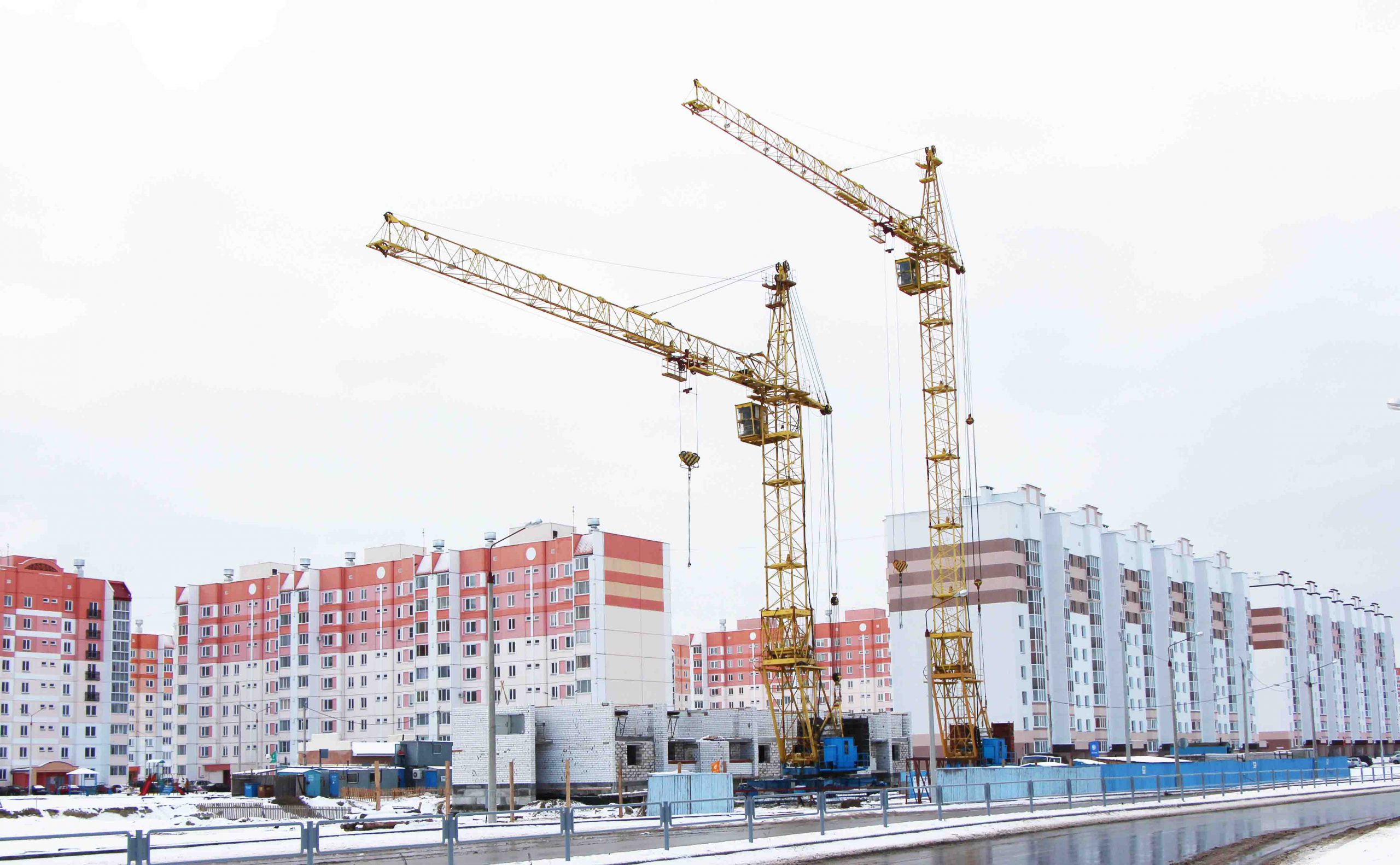State funding to increase for housing construction in Belarus and reduce for other state programmes
 The situation has not changed
The situation has not changed

In 2017, the state increased soft loans for housing construction by BYN 50 million from funds allocated for agro-business development. Amid recent budgetary cuts, the housing construction plan was reduced from 5.5 million square metres to 3.5 million square metres per year. Due to falling incomes, the population will be unable to fund the housing construction in full; hence, the state would allocate additional resources by reducing support for unprofitable agricultural and industrial enterprises.
According to the Council of Ministers resolution No 205 dated March 20th, 2017, BYN 50 million will be allocated from the state budget for the housing construction as soft loans, which would enable the construction of additional 100,000 square metres for the needy. The interest rate on such soft loans would be at 50% of the discount rate. The concessional lending for housing construction will be increased at the expense of the state programme for agro-business development in Belarus until 2020.
In previous years, the state funded the bulk of housing construction. In 2014, the state allocated more than USD 1.4 billion for concessional loans, which allowed building more than 5.5 million square metres of housing. Amid deteriorating economic situation, significant volumes of housing construction had prompted devaluation in the economy. The housing construction programme, adopted in 2016, envisaged a reduction in concessional lending in 2017 to BYN 130 million or USD 70 million, and housing construction at 3.5 million square metres.
By early 2017, the housing construction programme was adjusted and concessional lending increased to BYN 210 million. The resolution increased state funding for housing construction by 23% to BYN 260 million. All these amendments were due to a fall in the household incomes and an increase in expenditure on utility services. Without the amendments, the housing construction plan would have been failed leading to long-delayed construction, which, in turn, could result in the growth in social tension among the population.
Debt restructuring in agriculture would entail cuts in budgetary funding for this sector. The freed funds would be redirected to support priority economic sectors, including the housing construction. Increased funding for housing construction would reduce layoffs in the construction, would ensure the growth in demand for domestic construction materials and would reduce the decline rate in the construction industry.
Overall, housing construction has managed to justify the double increase in the concessional lending in 2017. As the state’s spending on supporting unprofitable enterprises in agriculture and industry decreases, concessional loans for housing construction could increase. Meanwhile, the population would fund at least 70% of the total construction costs.
Subscribe to our newsletter




Situation in Belarus
Constitutional referendum: main consequences


 Video
Video
How to count the political prisoners: are the new criteria needed?


 Video
Video
Paternalism In Decline, Belarusian Euroscepticism, And The Influence Of Russia


 Video
Video












